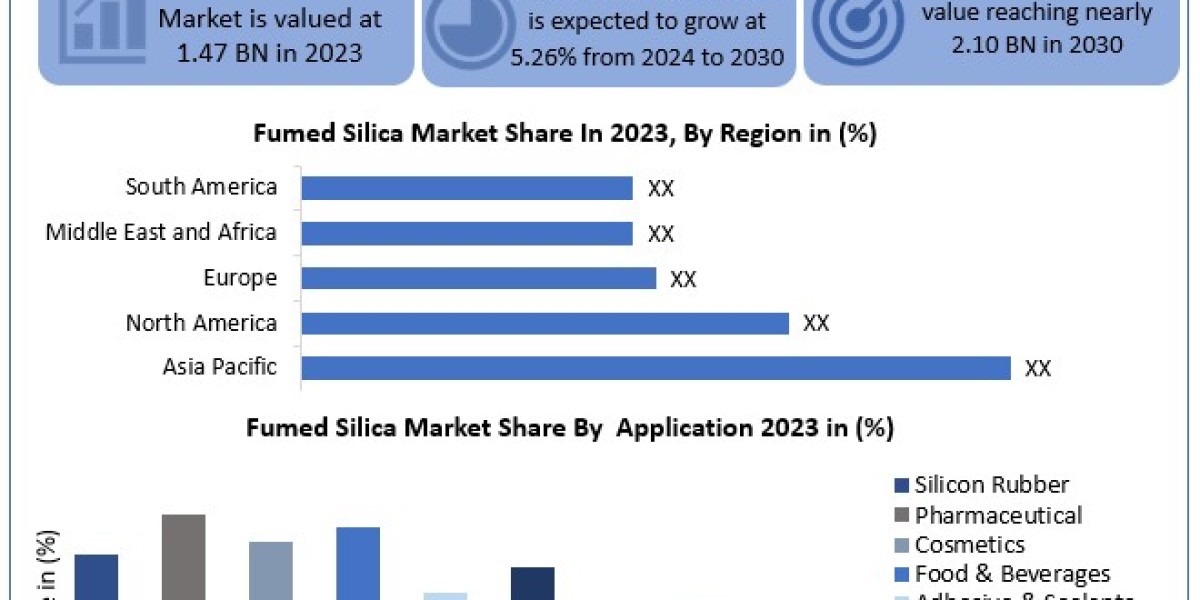Companies no longer want to build, manage and maintain their own data centers.
It’s simply too costly to run a highly available, secure and scalable data center for core applications. According to Forrester, it costs $200 per square foot to build your own data center. Many companies can’t get the capital expenses (CAPEX) for new IT equipment, let alone the funds for a new data center or to improve their current facility.
Businesses want to direct their limited capital towards innovation and growth, rather than infrastructure and operational fundamentals.
The right data center solutions provider can offer an agile IT environment that quickly scales to meet new market and customer demands, while at the same time providing a secure physical and virtual IT environment. Companies can now get facilities, technologies and resources that deliver competitive advantages at predictable costs. They can also get security and 24/7 resiliency without the capital outlay.
Data Center Problems You Can Stop Worrying About
Data center solutions providers have evolved beyond just offering facilities. They now offer a wide range of services from hosting to managed services to migration services.
Partnering with the right Data Center Support provider can help you meet the challenges listed above. Some of the things you can stop worrying about include:
Spending CAPEX. It’s often difficult to get CAPEX to build or improve your own data center. However, it’s much easier to get operating expenditures (OPEX) to turn your facilities, IT infrastructure and software investments into predictable expenses.
Managing the day-to-day operations of the data center. Owning and operating a data center isn’t a core competency for most businesses. When you partner with a data center solutions provider, you can free up your internal staff to support customers, while experienced pros manage your IT environment. They can also help you determine if it makes business sense to run IT services internally or externally.
7 Essential Data Center Colocation Services
Migrating to a new data center isn’t just about getting more floor space, power and cooling for your IT equipment. Instead, it’s about getting the infrastructure and IT services that you need to be flexible, and to easily scale and meet changing business demands.
When you research data center solutions providers, find out what additional services they offer beyond just real estate, cooling and power. Additional services, ranging from managed services to migration to managed hosting, can help you keep pace with changing customer and business demands.
Here are seven essential services that your data center solutions provider should provide you in 2016 and beyond:
1. Core or Traditional Data Center Services
The data center has traditionally served as a three-legged stool of compute space, power and telecommunications. These basic services support everything else that is happening in your data center.
In recent years, power has become more important than floor space, as IT equipment has shrunk in size but consumes more power. However, not many colocation providers offer the power density to support today’s IT equipment.
For example, most colocation data centers only offer 4 kW to 5 kW of capacity per cabinet. But just one device can consume this much power. A low-density cabinet can run out of power even though you only used a fraction of its vertical rack space.
Instead of increasing your floor space, increase your cabinets’ power density. A high-density data center lets you support the same amount of IT equipment with fewer cabinets and less floor space. Since a single cabinet without any IT infrastructure costs between $10,000 and $18,000, restacking multiple low-density cabinets into one high-density cabinet can help you achieve big savings. Each cabinet footprint you can eliminate could save $55,000 to $65,000 over a three-year contract.
2. Managed Hosting Services
Managed hosting services let you move away from a CAPEX model, where you own your data center and all of your equipment. Instead, your data center solutions provider hosts your servers, operating system (OS), network, storage and/or databases. The managed hosting model allows you to pay a predictable monthly fee using OPEX. Learn how to work with a managed hosting provider.
Managed hosting providers can fill IT skills gaps in your organization. They allow you to focus on what you do best ― innovating and serving customers. Meanwhile, they improve your operations by handling work that’s resource-intensive, routine, or not within your area of expertise.
Assigning this work to a third party with a larger resource pool and lower operating costs not only saves you money but frees up your scarce resources, so you can focus on activities that add immediate and long-term value to your business.
3. Managed Services
IT organizations are under pressure to deliver secure applications faster than ever, do more with less, and stay ahead of the changing security landscape. They need to have a wide variety of skills to evolve their IT architecture and application portfolio. As a result, more and more companies are embracing managed services to help with the large burden placed on IT. In fact, CompTIA research has shown that 46 percent of firms have cut IT expenses by 25 percent or more as a result of implementing managed services.
With managed services, you can transfer the day-to-day operational parts of your IT infrastructure to your data center solutions provider. For example, they can make sure your servers are always on and quickly respond to problems. This can improve your efficiencies and lower your costs, as you don’t need the in-house staff and resources to handle these tasks.
When you look into managed services, availability and skillsets are key. Make sure that your data center solutions provider can meet your availability demands. For example, managing a complex Linux shop takes completely different skills than those necessary to manage a mainframe.
Your provider should also offer skills that you don’t have in house. If you want to leverage new systems and applications that your in-house team can’t support, it’s vital to partner with someone who has the skills to manage these technologies.
In addition, your provider should have the skills to manage your legacy equipment. This is particularly useful if your legacy technicians are retiring, and you don’t have anyone in house who is familiar with the equipment.
4. Managed Security Services
Today’s enterprises face an unprecedented number of threats, both internal and external. Responding to these threats puts a huge demand on your resources.
Enterprises are also under more pressure to remain compliant to meet service level agreements (SLAs) and protect sensitive customer data.
However, many IT organizations don’t have the internal resources to keep their systems secure and compliant. It’s often easier to partner with someone who can give you “pre-built” security and compliance.
Look for a data center solutions provider who has the physical security and cyber security you need to protect your data. Also be sure that your provider can meet your compliance requirements. When you have a compliant facility with certifications such as SOC II and ISO 27001, you will reduce your risk of a breach and your audits will run more smoothly.
5. Asset Lifecycle Management Services
Moving to a new data center is like moving to a new house. Before the movers arrive, you’ll probably examine some of your belongings and get rid of the things you deem junk. It’s just not worth the hassle to pack, move and unpack the things you don’t need.
This same principle should apply to data center migrations; however, many organizations put all of their old IT equipment into a new data center without real consideration. This can harm your performance and drive up your costs.
If you are moving to a new data center, you should look into transitioning to newer technologies and a higher density environment. Consolidating your technology can result in big cost savings and efficiency improvements. Here are some potential cost savings:
- Migrating old technology to a higher density environment can improve cabinet space utilization by 130 percent.
- Moving new technology to a high-density environment allows you to fill an entire cabinet, instead of wasting space. This can lead to 700% greater cabinet space utilization and four times the processing performance.
- Moving to faster servers can lead to even greater savings.
- By upgrading to new technology and moving to a high-density environment, it’s possible to reduce 66 cabinets to nine cabinets, achieving a capital savings of $570,000 with a cabinet consolidation of eight to one.
Before you make the move, understand what you should manage internally and what makes business sense to strategically source, such as cloud and managed services. Conduct a detailed application assessment to find out what you should outsource, upgrade or eliminate.
It is also critical to understand if your data center solutions provider has flexible contract terms that allow you to evolve to hybrid solutions without being penalized for reducing your data center footprint.
Your data center solutions provider will want to perform a cost model. They will need to look at your portfolio, so they can help you determine the best ways to gain efficiencies and cut your costs.
You should also evaluate their facility to determine how it will reduce your costs. Vendors have methods to help customers develop the business case to transition to hosted solutions. Spatial consolidation, IT transformation and circuit portfolio analysis are a few areas that can help you achieve cost savings.
6. Architecture Design Services
If you want to save money by moving to a high-density data center, your architecture design is critical. The initial investment you make in architecture design can have a huge impact on your long-term operational spend.
For example, not many IT organizations think about structured cabling. But not planning your structured cabling ahead of time can impact your migration schedule and long- and short-term costs. Your data center solutions provider should help you plan your cabling and the physical layout of your equipment.
7. Migration Services
Many IT organizations spend a lot of time planning their data center facility but neglect planning for their migration or transformation. For a successful migration, you must address these two tasks jointly. Proper migration planning reduces your risk of downtime when you transition your new IT environment. For more information, check out the 10 common data center migration red flags you should avoid. Data center migrations should center on the process itself, not just moving equipment from one place to another.
When you transition into a new environment, make sure that every component in the facility is ready to accept your infrastructure on day one. This is very important if you are undergoing any transformation as a part of your migration initiative. Your provider should also help you select the right tools and technologies prior to your migration so your migration runs smoothly.
When approaching the migration planning effort, you and your provider should carefully consider the appropriate migration methodologies for both your infrastructure and applications — in addition to their supporting data. Each of these components of a migration requires different skills and planning. Look for a partner who can handle all three.
Migration projects require significant effort in the planning phases to ensure a smooth transition into your new environment. Some organizations underestimate the amount of time involved and attempt to execute their migrations with minimal design and planning effort.
Key components to consider when developing an effective migration plan are:
Detailed discovery of the following:
- Infrastructure and IT management tools
- Application dependency mapping
- Business context
Creation of a migration strategy
- Development of migration groups
- Transformation planning and architecture (if applicable)
- Establishment of per-application migration methodologies such as physical or logical migration, transformation, or transition to cloud or software-as-a-service (SaaS) services
Execution planning
- Detailed planning of migration execution
A Data Center is a Long-Term Investment that Should Evolve in Your Business
Moving into a new data center is a long-term commitment. If there are problems, it will cost you more to move out than it cost to move in. That’s why it’s important to look at your long-term business and IT goals and find a data center that supports them. You may not need all of the above-mentioned services on day one, but you may want them as your business evolves. Seek out a data center solutions provider that can provide the services you’ll need in the future so that you can start planning today.



